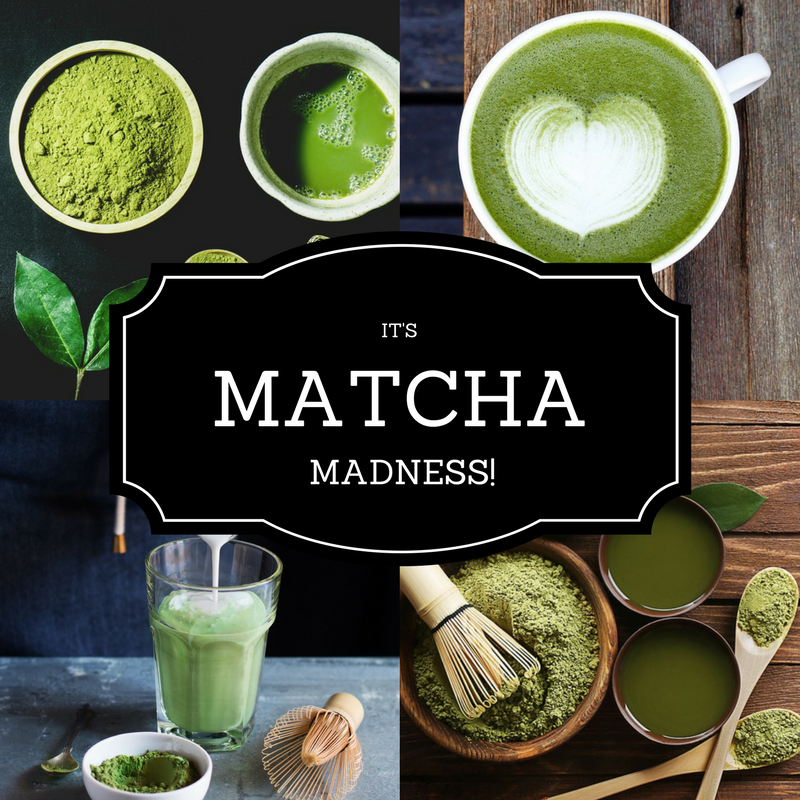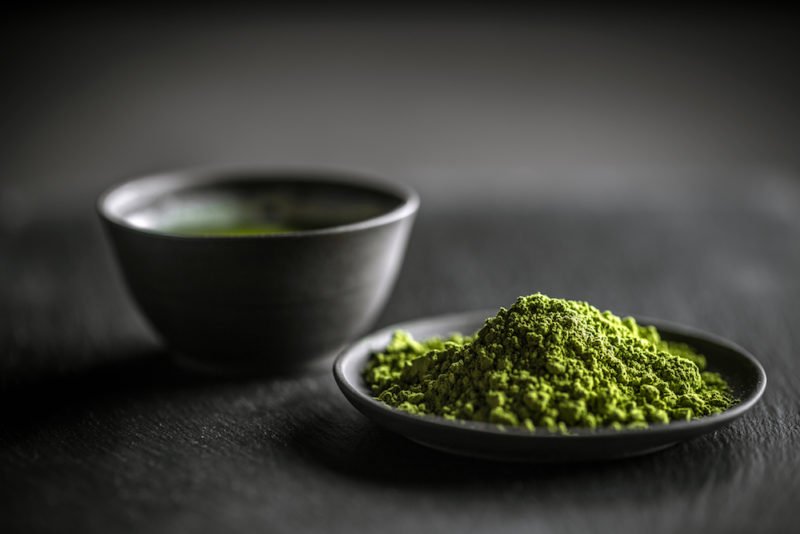 I’ve been wanting to try proper matcha green tea at home for a long time—and not just because I was mesmerized the first time I watched someone add water to the beautiful green matcha powder and whisk briskly to make it ready to drink. I finally got off the matcha fence when Kiss Me Organics offered to send me some of their USDA Certified Organic Ceremonial-Grade Matcha to try, which I did…with my own cute little bamboo whisk.
I’ve been wanting to try proper matcha green tea at home for a long time—and not just because I was mesmerized the first time I watched someone add water to the beautiful green matcha powder and whisk briskly to make it ready to drink. I finally got off the matcha fence when Kiss Me Organics offered to send me some of their USDA Certified Organic Ceremonial-Grade Matcha to try, which I did…with my own cute little bamboo whisk.
So, what is matcha, and why should you try it?
If you’re not familiar with matcha, it’s essentially powdered green tea…only ratcheted up several notches. Kiss Me Organic’s matcha is a gorgeous, vibrant green, fine powder that’s rich in antioxidants and epigallocatechin gallate (EGCG). EGCG is a phytonutrient and antioxidant that may have numerous benefits for health. It contains up to 137 times the concentration of EGCG present in brewed green tea.
[As a related side note, EGCG is found in all of the “true” teas: green, black, white and oolong. These teas all come from the same plant (botanical name: Camellia sinensis). What differs is how/when they are harvested and fermented.] All other “teas” would be more accurately called tisanes or infusions.
Matcha also contains a good amount of the amino acid, L-theanine, which may help reduce stress. It also tempers the effects of the tea’s caffeine, offering a slow, steady energy boost that I’ve heard described as “calm alertness.” The caffeine content is somewhere between that of tea and coffee, depending on how much of the powder you use to make your tea. Kiss Me Organics uses top quality, first harvest tea leaves grown in Japan. Their ceremonial-grade matcha comes from shade-grown leaves, and shade-growing intensifies the caffeine, along with chlorophyll (thus the green color).

But what if green tea has never been your thing?
I know some people don’t care for green tea, to which I say, you may have been trying the wrong green tea! Green tea can range from very mild and delicate to stronger and more woody, so odds are there’s one for every palate. (Paying attention to brewing times matters, too. Some green teas need a very brief brew, so brewing for too long can bring out bitterness.) I appreciate green tea in its many forms, so I enjoyed the distinct flavor of this matcha powder. It was similar to a more earthy green leaf tea. When I made myself a matcha latte, using half water, half unsweetened vanilla almond milk, and a touch of honey, it mellowed the flavor. Plus, it made for a nice after-dinner treat.
Matcha has been trendy for a while now. Accordingly, you’ll see matcha in all sorts of foods and beverages, from ice cream to smoothies to cakes to macarons. If you want to make tea, or tea lattes, go for the ceremonial grade matcha. If you want to add matcha to smoothies or foods, culinary grade matcha would be your best choice.
Why KMO’s matcha passed my pickiness test
As I mention with every product review I do, I’m extremely picky about what products I say “yes” to. (That’s why I don’t do a ton of product reviews, especially ones that involve products I didn’t purchase myself.) But I like what Kiss Me Organics is doing to ensure the safety of their products. I’m also a fan of green tea, generally, so with both of those things in mind, doing this product review was a no-brainer. And now that I’ve got my matcha powder, and my cute little bamboo whisk (called a “chasen,” if you want to get technical), I see a lot of matcha tea lattes in my future.






